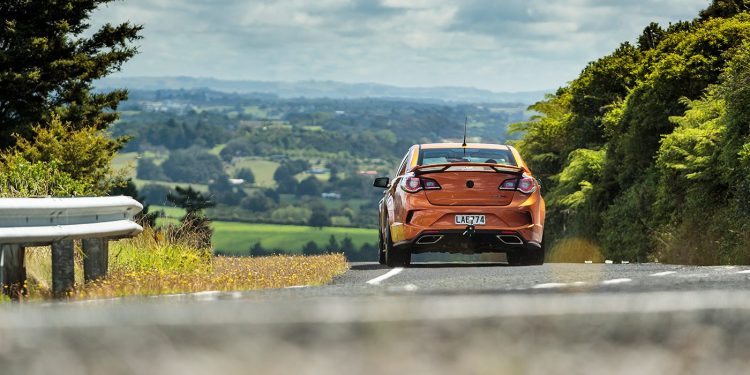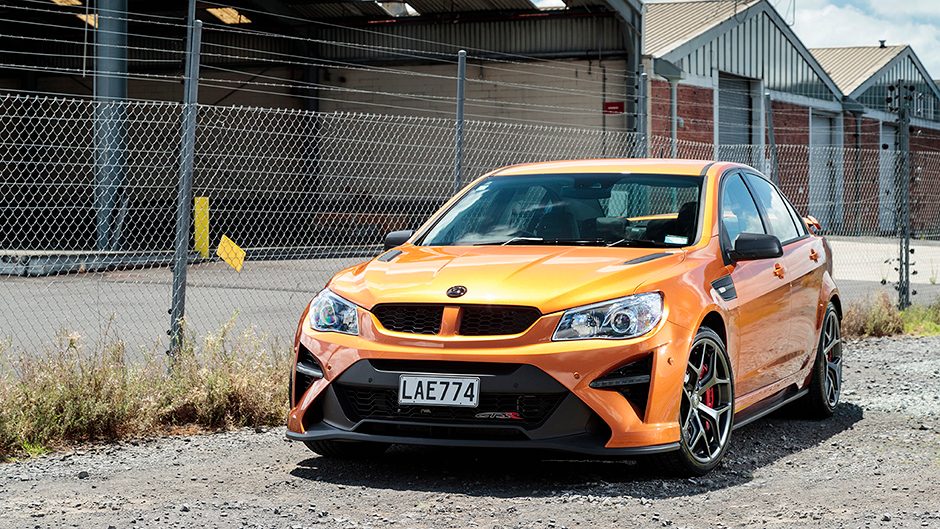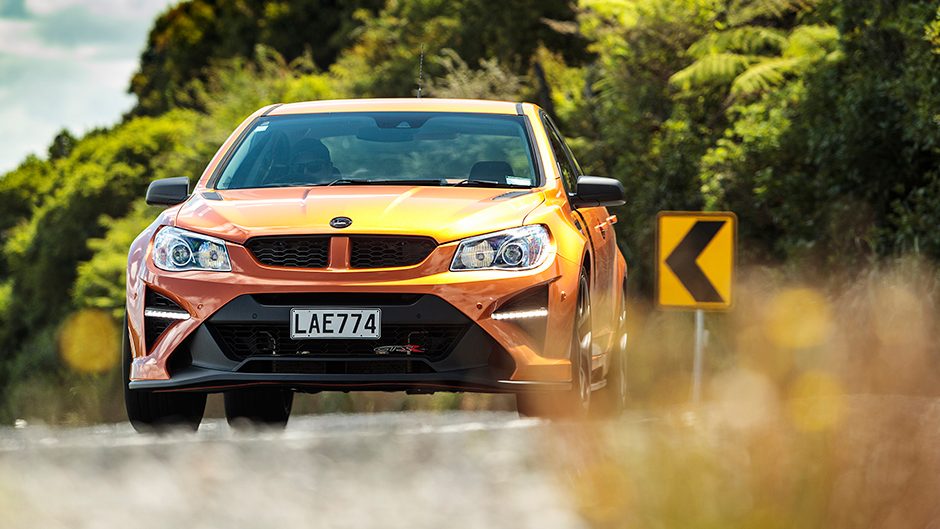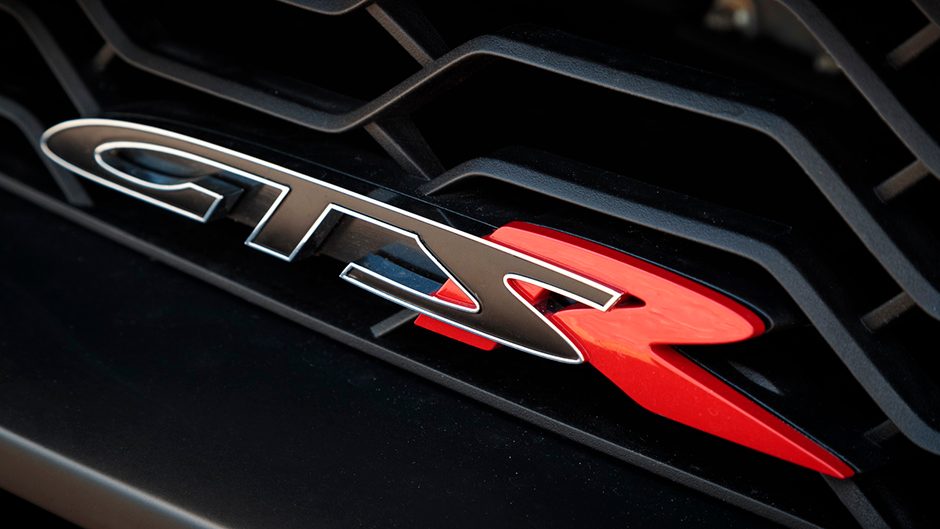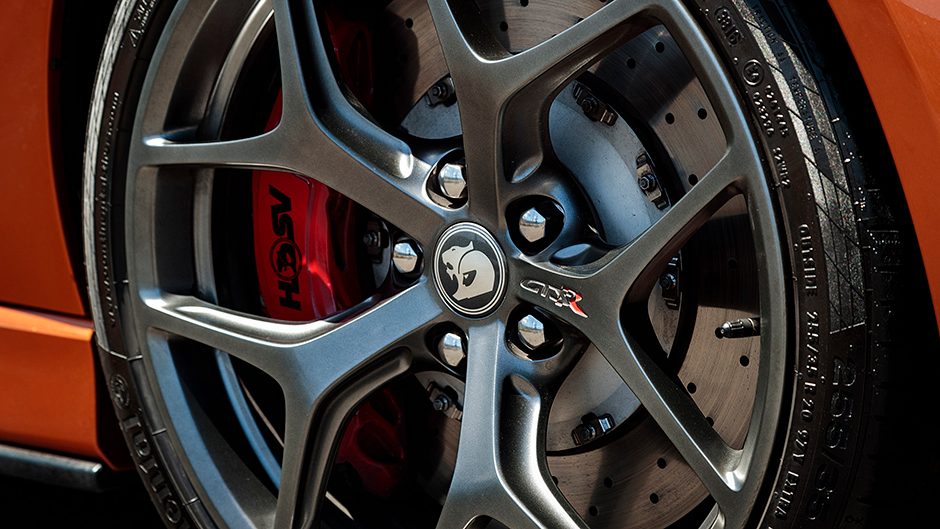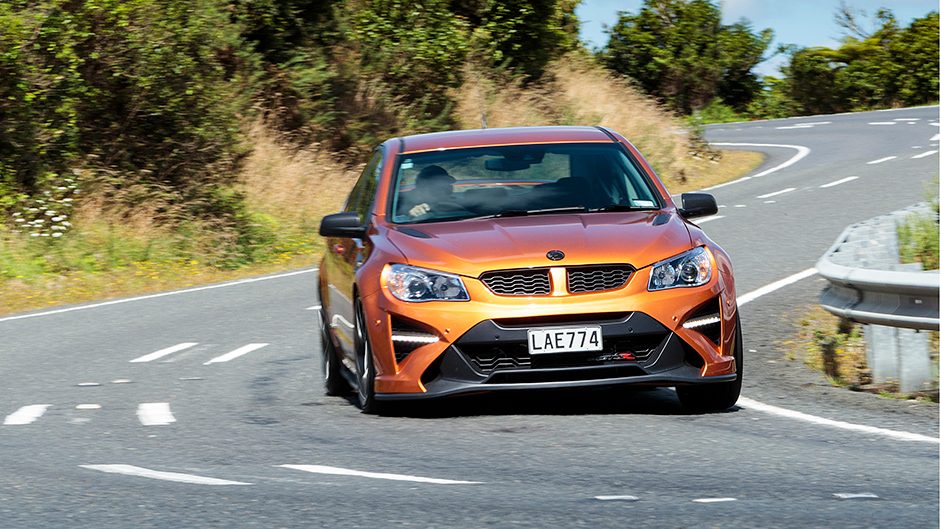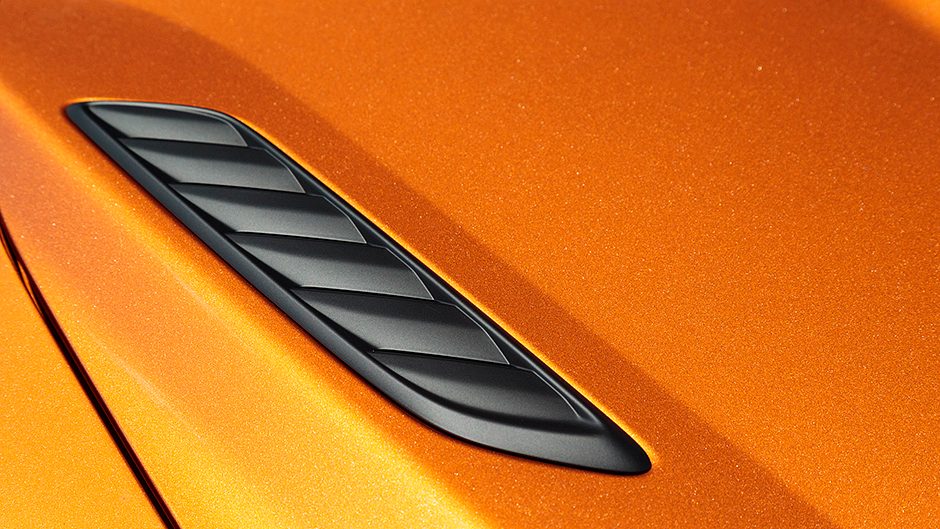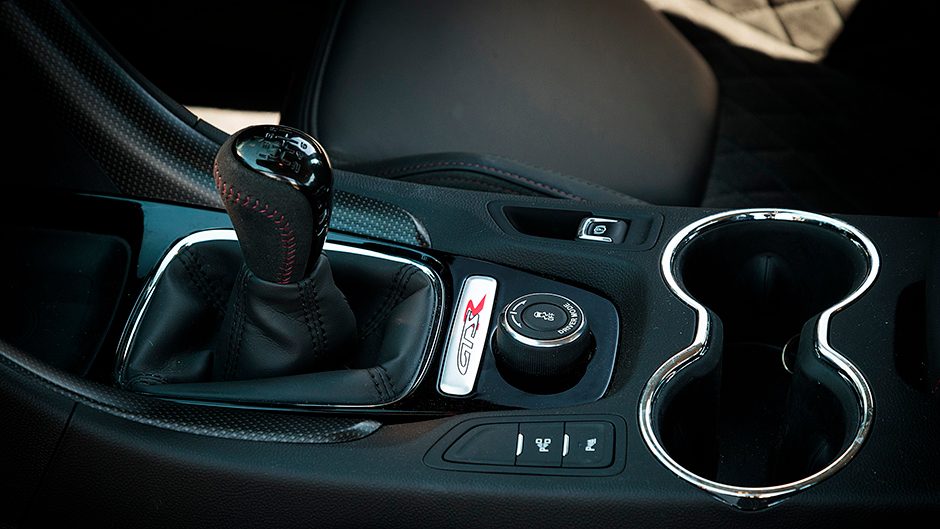2017 HSV GTS-R review
After 30 years of tuning Aussie-made Commodores, HSV finally produced its last when a GTSR W1 rolled out of its factory on December 29 last year. Since it opened for business in 1987, HSV has built just over 90,000 vehicles, most of those being fettled Commodores. Its last hurrah for the Australian-made Commodore was the GTSR, and the W1 halo model.
In a nutshell, the GTSR has the look of the W1 but retains its LSA driveline, while the hero gains the monstrous LS9 supercharged V8 from the previous generation Corvette ZR1. Produced as a track-focused driver’s car, it will go down as the Aussie muscle car with the mostest. They made 295 W1s, 20 of those for NZ and the rather large 474kW/815Nm output figures were accompanied by a $189,990 price tag.
Still, that was cheap compared with what a couple of speculators are now wanting for the W1 with two listed here on Trade Me, one asking $260k, the other hoping for $290k. The W1 was made possible by minting a few GTSRs, some 1270 sedans being made and a further 606 GTSR Maloos, which helped spread the cost for some of the additions.
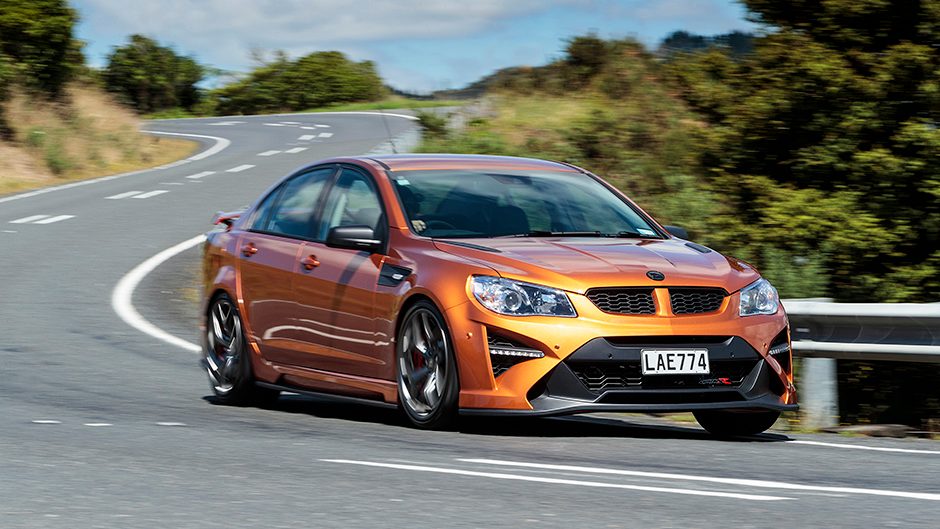
The R takes the regular GTS up a notch with added visuals, a few dynamic tweaks and a mite more power squeezed from the LSA for an $11,500 premium.
Given the blown 6.2-litre was nearing its limits in terms of GM durability requirements, a high flow K&N filter is the only engine mod, netting an extra five kilowatts at the top end to register 435kW and torque of 740Nm is unchanged. Stopping power is much improved with 410mm rotors up front and forged monobloc calipers.
There are wider wheels too, which deliver a slight reduction in offset for a pinch more steering response, but there’s no actual increase in rubber on the GTSR, the 255/35R20 front and 275/35R20 rear Contis are stretched to fit.
Along with the new bumper and big intakes, the front is graced by wider front guards, the first time HSV has altered this aspect of a car. These are made from a thermoplastic, much like the guards on many BMWs. These add just 35mm in width overall but do pump up the presence, and also help reign in the wider, nine-inch front wheels. There’s no OTT wing like the original GTSR but it gets a unique bumper and spoiler.
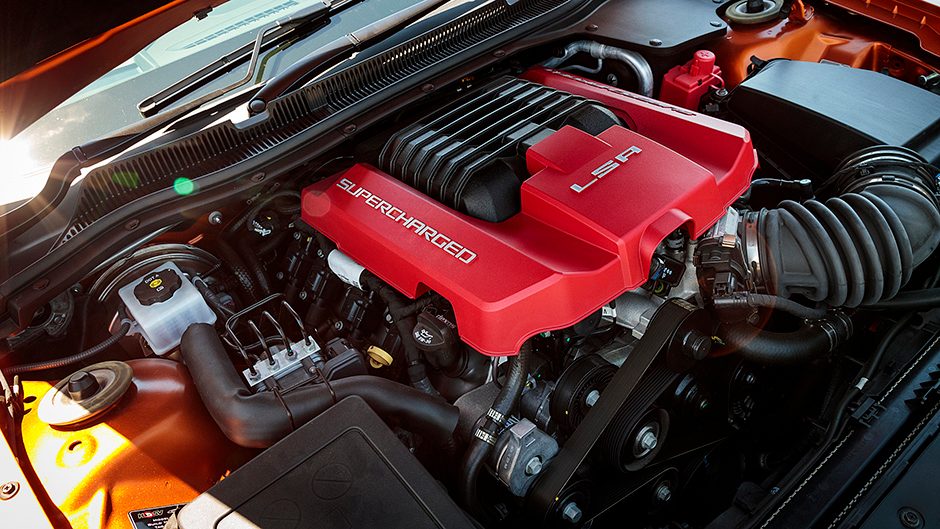
Forged 20-inch rims fill the arches superbly, and the interior gets reshaped front seats retrimmed in a mix of Alcantara and Nappa leather. While production has ceased, and HSV is busy relocating to new, purpose built premises to undertake life in a different guise, there are still a few unregistered GTSRs floating around at dealers. And so we were tempted to take one last spin in the old girl, especially as the test car was a bit of a rarity being a manual.
It’s always desirable to have a muscle car with a manual box, but if straight line numbers matter, the auto is faster. We managed a best run of 4.75sec in the GTSR, the auto GTS we’ve had as low as 4.2sec, and the self-shifter is quicker 80-120 too (2.29 vs 2.65sec). So if you’re more into drag racing, the auto is the way, but if a track day takes your fancy, the manual would be the one to have. It’s more interactive, and the six-speed manual is a willing partner, quick through the gate and it’s hard to fluff the changes.
Even the clutch is light on weighting but with a good positive bite point. While the pedal relationship could be better for those heroic heel and toe downshifts, a manual is just a bit special in this type of machine. With that ultimate selection of ratios and a better connectedness with the engine, you can better feel that pull.
And the LSA has mammoth torque, even from right down low. The thrust gets very serious when the tacho swings past 3000rpm, and the 6.2 revs hard to its limiter at 6200rpm. Trouble is, the GTSR can really pile on the klicks when the LSA is extended, so on road much of its potential goes untapped, well theoretically anyway. Though a big brusier, all 1928kg of it, the Zeta-based Commodore has always been well balanced, and this is true here too, even with a big engine up front (weight split 50.6/49.4).
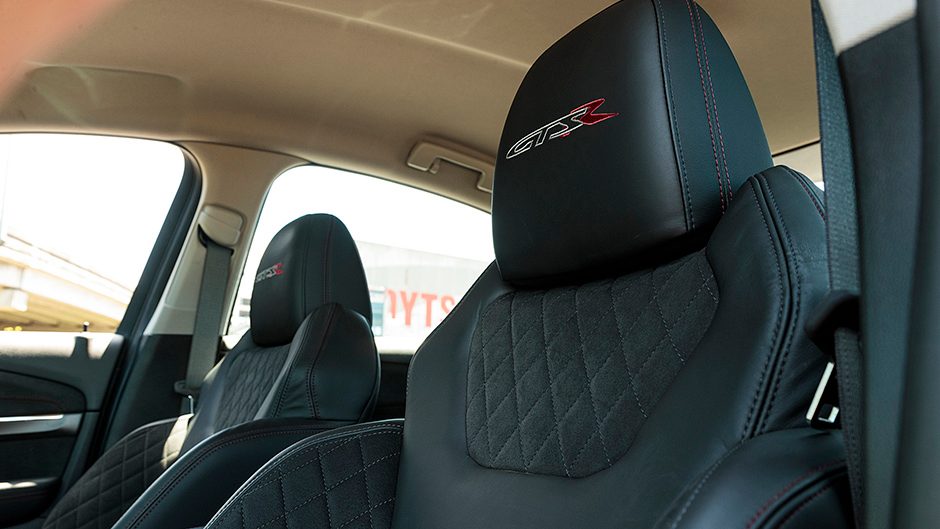
The GTSR steers in a very connected manner, and it turns with real vigour. The grip is faithful, and aided in longer sweepers by the torque vectoring function keeping the front firmly online as you add more power. Despite the mumbo, power-on traction is encouraging, helped by a well calibrated stability system and a compliant rear end. The three mode Magnetic Ride dampers eat up tarmac in the intermediate Performance mode, soaking up hits quietly and managing movements well.
While not all HSV braking systems have been exactly inspiring over the years, this big set-up is, with lots of power and a great pedal feel allowing delicate applications when need be and delivering arresting friction when really stood upon. And that V8 sounds satisfying, the exhaust flap programmed to open often. While it’s not as raucous as the LS3-powered Commodore SS, it still manages a solid rumble and roar, with those grin-inducing pops and burbles on the overrun.
They’ve always been thirsty these things, and can slurp it back like a true Aussie larrikin on a bender, but then so can most of the turbocharged mega-hatchbacks when you hit them hard. The interior quality of HSV products has largely been dictated by the Holden donor car, but usually convey a sport luxury theme well, with a dash or two of plasticy chrome. The GTSR’s Alcantara-trimmed bits feel good, even this car’s optional suede-wrapped wheel. And apart from handy items like active cruise, it’s reasonably well specified for safety and convenience features.
HSV muscle may not always have been to everyone’s taste but by and large it has generated plenty of interest. Some of the styling exercises have been a bit brash in the past and those old V platform cars were certainly showing their vintage at the end, struggling to cope with the ever-more powerful US-sourced V8s. And let’s not talk about that four-speed auto. But the Zeta-based cars did possess sound dynamics, and the original E Series was a fine looking car.
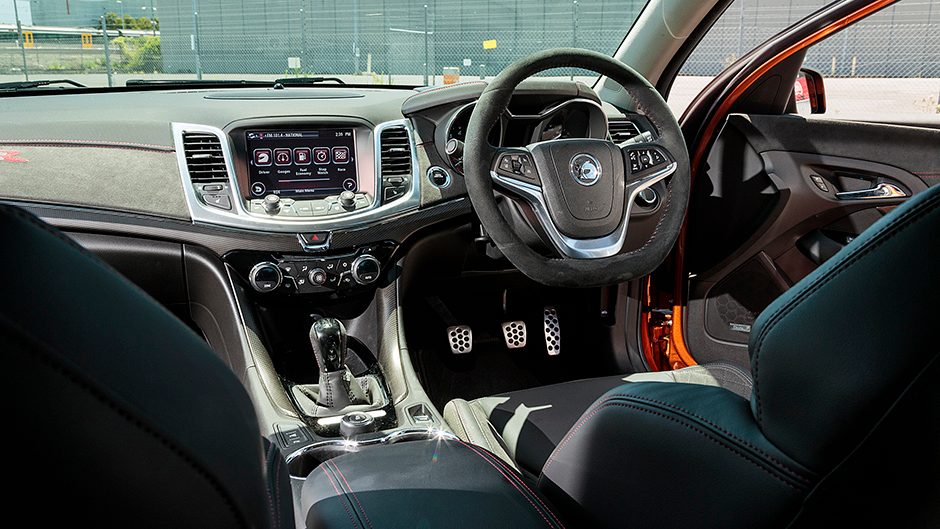
The formula may have been the same but it was one that worked, and the level of power provided for the price charged gave HSVs a solid bang for buck quotient. While they were never quite as polished or sophisticated as the heavy hitters from Europe, for roughly half the price you were getting similar performance. And three years later, the HSV’s price hadn’t halved.
While HSV isn’t abandoning the V8 fans – the Camaro is soon to be served up with the steering wheel on the right side – its days as a tuner of fast sedans looks to be over.
But with the HSV boss promising five product lines by the end of the decade, you never know what the firm might have in store.
| Model | HSV GTSR | Price | $130,990 |
| Engine | 6162cc, V8, S/C, 435kW/740Nm | Drivetrain | 6 speed manual / RWD |
| Fuel Use | 15.1L/100 km | C02 Output | 352 g/km |
| 0-100km/h | 4.75 sec | Weight | 1928 kg |


